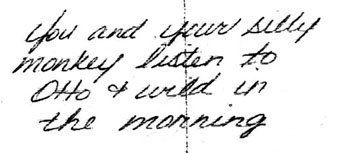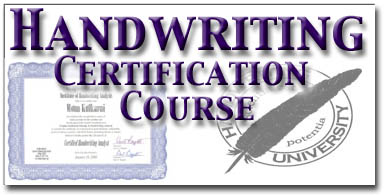Are you in control, or a control freak?





Franklin
D. Roosevelt once said that "We have nothing to
fear but fear itself."
The
irony is that most of us believe that fear
protects us from harm, when the reality is that it
often leads to controlling behaviors such as
paranoia, narrow-mindedness and aggression. We
convince ourselves that the desire to control others
is necessary to protect all, when in reality it
displays a lack of faith in our own abilities to
handle any situation - no matter what the outcome.
The belief that fate is cruel often becomes a self-fulfilling prophecy, as we insist on resisting, rather
than surrendering to life events.
Control
freaks repeatedly suffer negative experiences,
simply because they lack the belief that the universe
is a good place that is constantly "on the upswing,"
and therefore is naturally inclined to provide luck
and opportunity as opposed to misery and threats.
Do
you believe that life is inclined to flow correctly or
do you think you have to control events because life
flows against you?
For
healthy individuals, the idea of "losing control" is
actually associated with fun. Studies have shown that
developing character traits such as flexibility,
adaptability and optimism are concurrent with a
greater incidence of good fortune in life.
Sadly,
the typical control freak often achieves a
public self image that is the opposite of what they
are trying to achieve with their pretense of force and
authority. They are often disliked by others and
perceived as emotionally insecure, rather than as
powerful people.
The desire to control is based on a
fear of change and a conviction that all change is
negative. This outworn defense mechanism is usually
left over from a childhood where the individual may
have learned the fine art of over-vigilance, due to a
toxic or unpredictable parent. In adult-hood
"necessary protection" becomes a paralyzing and self-defeating liability, as the control freak refuses to
accept a certain, ages-old cosmic law -- the more we
attempt to manipulate or control events, the more they
seem to control or manipulate us.
Control
freaks actually have less control in the end.
The
sages say, "The pain is in the struggle. The more
we attempt to control, the more we lose our ability to
manifest success." Evidence of this kind of self-sabotaging struggle is indicated by certain
handwriting traits:
Primary
Control Traits:
Does
the writing look pretty and perfect? If so, then
that person has a fear of not being perfect. Get it?
If they exert that much time and precision to make
the baseline straight and the letters all match - then
they have a fear of things being "out of place."
Controlling
individuals are also over-concerned with
detail and the way his or her writing appears on the
page. Often, this is shown by making sure that each
small i is capped very closely by its dot.

The
writing may also express retentiveness in other
ways: successive or repeated letters may be formed
identically throughout the document with a particular
emphasis on up and down strokes being identical.
Each line of writing may appear super straight, as
if a ruler underscored each line of the manuscript.


The
above assessment is the "gestalt" or overall rhythm and look
of the writing.
When you learn the level 5
"advanced trait stacking"
method, you can identify complicated
traits by stacking various strokes
together. So often, a person might
have control issues, even if they
don't have that one
"domineering t-bar". So,
order the new DVD Advanced Course
today and learn the advanced primary
and stacked traits methods, read
about it here
The
following trait is a specific stroke: domineering.
A
domineering personality will often cross their t's
from left to right in a downward motion. If the t-bar is low
on the stem - then you throw in low self-esteem and
this compounds the insecurity.

If the t-bar dips to the right and into the baseline with
a sharp point (sarcasm). . . watch out.

If
the t-bar has a blunt ending the person is just
dominant, not domineering. (domineering has negative
connotations, dominant can just be a good type of control.)

An
indication that you are dealing with a potential Hitler
is if the t resembles a little stick figure man leaning
to the side, trying to touch his right hand to his right
toe. This reveals great instability and an individual
that is not only his own worst enemy -- he might become
yours!
When it comes to dealing with your unconscious fears,
"resistance really is futile." Changing your
handwriting can help you surrender those fears which
lead to controlling and self-defeating behaviors
that
are unattractive to others and repel the kindness of
fate.
Donna
West -Contributing Editor
To learn more about our
graphology certification course, visit this page:
http://myhandwriting.com/learn/hwcertco.html

|



